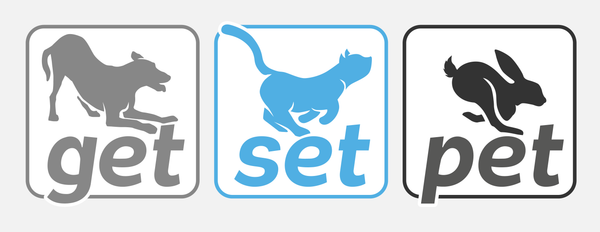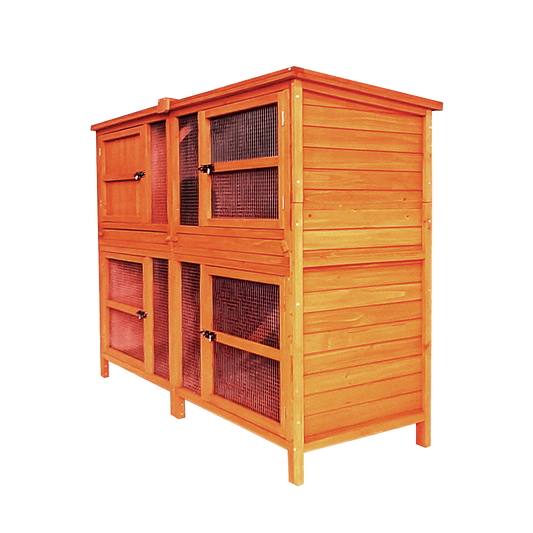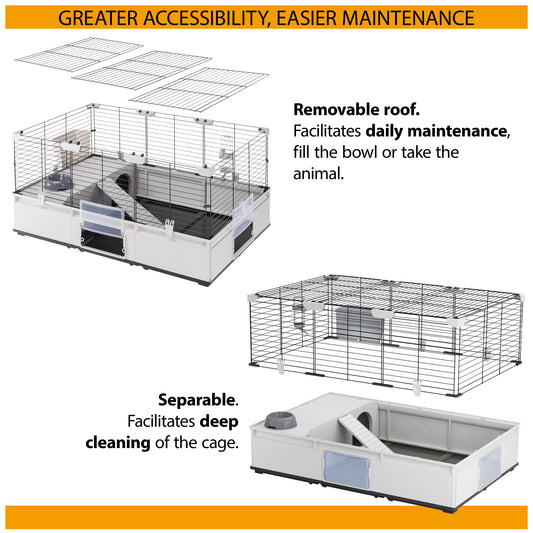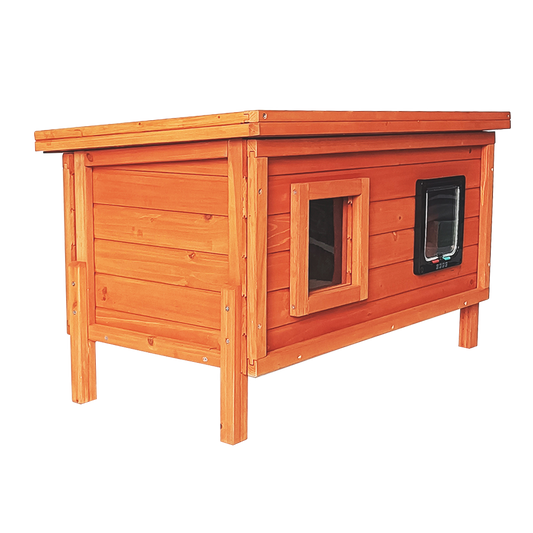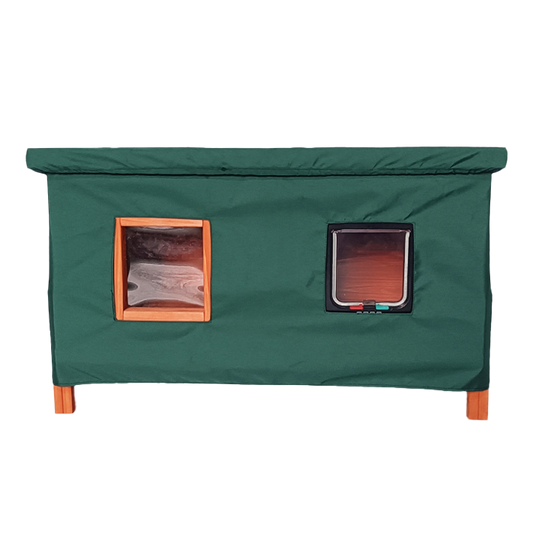Winter weather heralds the arrival of wetter dog walks and the inevitable muddy puddles that dogs tend to love so much. A shake from a soggy doggy can fling mud far and wide so if you’re not prepared it can leave you with a lot of cleaning up to do. Help is at hand with our guide to dealing with a dirty dog.
A Quick Wipe
If your dog is just a little muddy then you might be able to avoid a bath by just dealing with the affected areas. Dog grooming wipes – which are similar to baby wipes – can be a quick and effective way of cleaning up dirty patches. They are very handy to keep in your bag or in the car for when you’re out and about, but don’t be tempted to use baby wipes instead. While these might seem harmless, even the gentle or sensitive kind contain several chemicals that are harmful to dogs. Using them on a dog can lead to skin irritation and potentially illness through swallowing the chemicals if they lick themselves afterwards.
Leave It to Dry
You could wait for the mud on your dog’s coat to dry and then brush it out, but this might not be an appealing option if your dog is likely to jump up on the sofa as soon as you get back home. To protect the inside of your car from getting covered in mud on your return journey, you could use a seat cover or boot liner like the ones from Kurgo. They are waterproof and stain-resistant, and can be fitted to any car.
Dirty Feet
If it’s just mucky feet you’re dealing with, the Dexas Mudbuster Dog Paw Cleaner makes cleaning them a breeze. Use before your dog jumps into your car after a walk in the woods or at your front door when they come back from a paddle in the neighbourhood puddles. Add a little water to the Mudbuster and when you insert a muddy paw, the gentle silicone bristles will do all the work, leaving your pet’s feet dirt-free.
Bathing Your Dog
If your dog is well covered with mud then the best option is probably to put them straight in the bath. Most dogs tolerate being bathed if they are introduced to it when they are young, and the water is not too hot or too cold. If your dog needs a little persuasion, a handful of training treats usually does the trick.
If you are putting your dog in the bath, it is a good idea to put a rubber mat or an old towel down first so that they feel more secure and are less likely to slip. Wet your dog all over before applying a little shampoo to their coat, avoiding the face area so you don’t get any soap in their eyes.
There are lots of different dog shampoos available that cater for a variety of coat types and skin conditions. You should never use human shampoo on a dog as it can cause irritation and poor skin health. This is because dogs have a natural pH level of between 6.2-7.4, which is much higher than humans, making human shampoo too acidic for canine skin.
After you have shampooed your dog and removed all of the mud from their coat, ensure you rinse well as any soap left behind can cause the skin to become irritated. It is often best to avoid blow-drying your dog with a hair dryer as many can find this frightening, as well as the hot air drying out the skin too much. Instead, use a super-absorbent product like the Scruffs Noodle Dog Drying Towel or Mitt to soak up excess moisture quickly from your dog’s coat.
Top Tips
- Keep a paw cleaning station by your door so you can deal with any dirt before you enter the house. Old towels, wipes and a spray bottle with water will enable you to tackle the worst of it before you get in.
- Keep the hair trimmed on your dog’s paws if they are a particularly hairy breed as this will reduce the amount of dirt they pick up while they are walking.
- Teach your dog the command ‘paw’ so they offer you their feet for cleaning. If you start this when they are young it will get them used to their feet being handled and make paw cleaning and nail trimming much less stressful.
- Absorbent door mats will do some of the work for you by helping to remove dirt and drying paws as your pet walks on them.
- During the winter you should pay special attention to your dog’s paws if they have been walking on roads and pavements that may have been gritted. Salt and sand can cause irritation to paws, as well as being potentially lethal if ingested. Remember to wash your dog’s feet thoroughly if they walk on gritted surfaces before they start licking their paws.
If you liked this article, why not check out:
Why does my dog roll in disgusting things?Flea & Tick Prevention for Your Dog
How To Be a Responsible Dog Owner
Why Does My Pet Have Bad Breath?